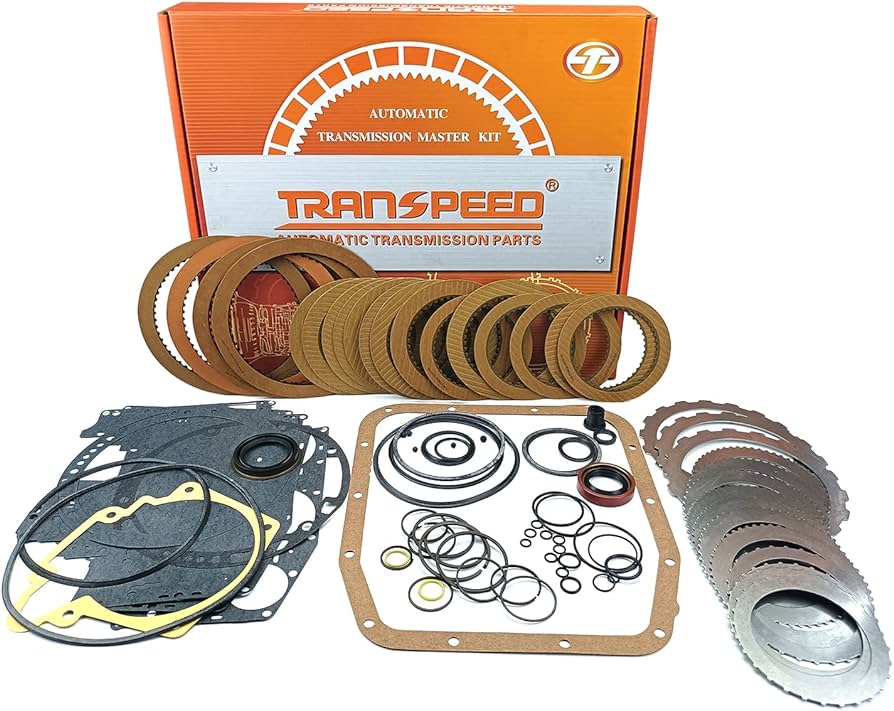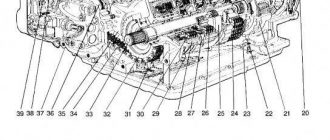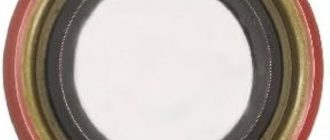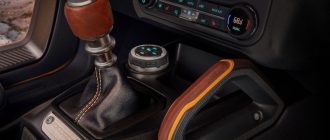Kit Car Transmissions: A Comprehensive Guide
When it comes to building a kit car, the transmission is one of the most important components to consider. The right transmission can make a big difference in the performance, handling, and overall driving experience of your finished car.
In this guide, we will provide you with everything you need to know about kit car transmissions, including the different types available, the pros and cons of each type, and how to choose the right transmission for your build.
Types of Kit Car Transmissions
There are three main types of transmissions commonly used in kit cars:
1. Manual Transmissions:
Manual transmissions are the most traditional type of transmission, and they offer the driver the most control over the car’s performance. Manual transmissions require the driver to manually shift gears by using a clutch pedal and a gear lever. This type of transmission is typically lighter and more efficient than automatic transmissions, but it can also be more difficult to drive, especially for inexperienced drivers.
2. Automatic Transmissions:
Automatic transmissions are easier to drive than manual transmissions, as they automatically shift gears based on the car’s speed and engine RPM. This type of transmission is also more comfortable to drive in stop-and-go traffic. However, automatic transmissions are typically heavier and less efficient than manual transmissions.
3. Sequential Transmissions:
Sequential transmissions are a type of manual transmission that uses a sequential shift pattern, which means that the driver must shift gears in a specific order. This type of transmission is typically used in racing cars, as it allows for faster and more precise gear changes. Sequential transmissions are also more expensive than traditional manual transmissions.
Pros and Cons of Each Type
Here is a summary of the pros and cons of each type of kit car transmission:
Manual Transmissions:
Pros:
– Lighter and more efficient than automatic transmissions
– Offers the driver more control over the car’s performance
– Typically less expensive than automatic transmissions
Cons:
– Can be more difficult to drive, especially for inexperienced drivers
– Requires the driver to manually shift gears
Automatic Transmissions:
Pros:
– Easier to drive than manual transmissions
– More comfortable to drive in stop-and-go traffic
– Does not require the driver to manually shift gears
Cons:
– Heavier and less efficient than manual transmissions
– Typically more expensive than manual transmissions
Sequential Transmissions:
Pros:
– Faster and more precise gear changes than traditional manual transmissions
– Used in racing cars
Cons:
– More expensive than traditional manual transmissions
– Can be more difficult to drive than traditional manual transmissions
How to Choose the Right Transmission for Your Kit Car
The best way to choose the right transmission for your kit car is to consider your individual needs and preferences. If you are looking for a lightweight and efficient transmission that offers the most control over the car’s performance, then a manual transmission is a good option. If you are looking for an easy-to-drive transmission that is comfortable to use in stop-and-go traffic, then an automatic transmission is a good choice. If you are building a race car, then a sequential transmission may be the best option for you.
In addition to your individual needs and preferences, you should also consider the type of car you are building. Some kit cars are designed to be used for racing, while others are designed for street use. The type of car you are building will help you narrow down your choices for a transmission.
Once you have considered your individual needs and preferences, as well as the type of car you are building, you can start to research specific transmissions. There are a number of different manufacturers that produce kit car transmissions, so you should be able to find one that meets your needs and budget.
Conclusion
The transmission is an important component of any kit car. By understanding the different types of transmissions available, the pros and cons of each type, and how to choose the right transmission for your build, you can ensure that your finished car performs and handles the way you want it to.






